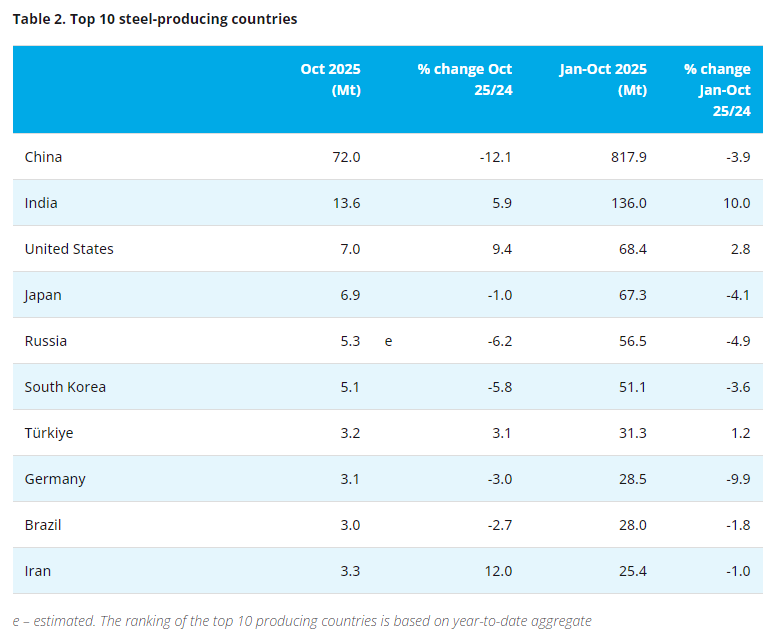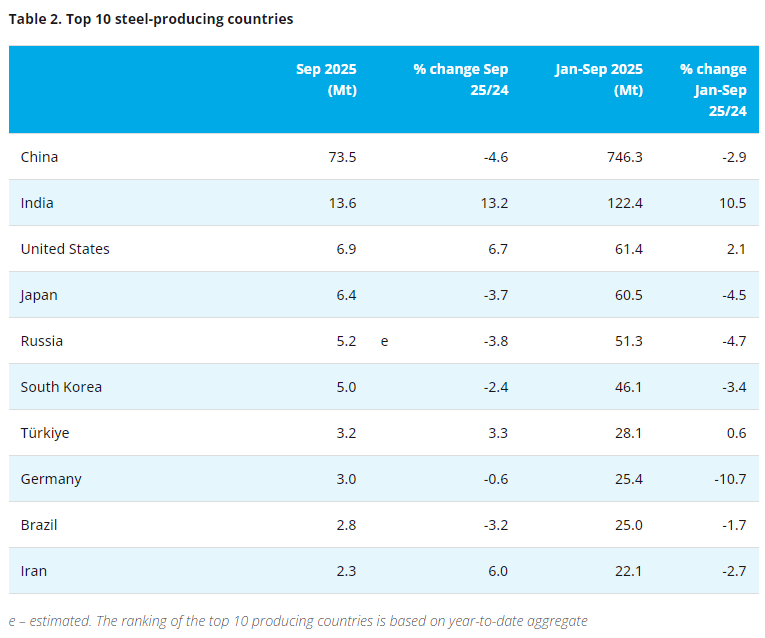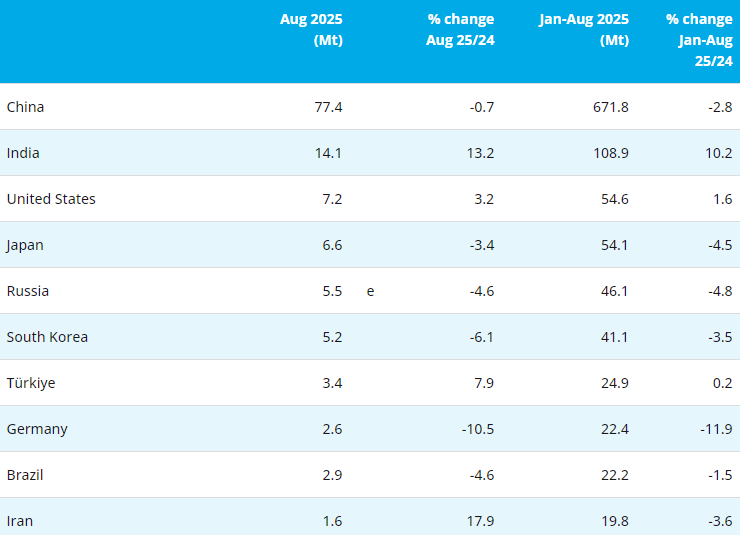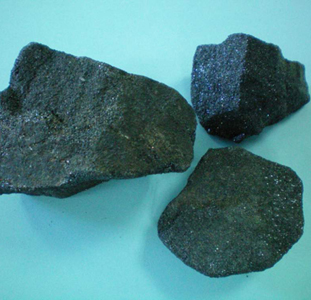Silicon is the primary building block of solar. It’s also the most expensive component of a solar cell, a cost that is passed all the way down the solar supply chain. We can bring this cost down by revisiting a process that has barely changed over the past 50 years.
There is an opportunity to cut solar manufacturing costs with a new method of silicon purification. This new method can replace the traditional electronic grade silicon (EG-Si) that has been used in the solar industry for decades. Silicor Materials‘ “solar silicon” is specifically manufactured for the solar industry. This new process for silicon purification reduces energy costs dramatically and avoids the toxic materials involved in the common Siemens method and the newer, yet still problematic, fluid bed reactor (FBR) method.
An outdated approach
Most solar cell manufacturers rely on the Siemens method to produce silicon. The Siemens method is a 50-year-old process that converts metallurgical-grade silicon (MG-Si) into high-purity electronic-grade silicon (EG-Si) by removing boron, phosphorous, oxygen, carbon and other metals. While this material is well suited for consumer electronics, solar cells do not require the same level of purity to perform efficiently. Using EG-Si as the keystone for solar is akin to using a sports car to deliver mail: It gets the job done, but it probably isn’t the best use of resources.
Siemens-bred silicon gets its high price tag from its energy-intensive process, which can use up to 125 kWh to produce a single kilogram of EG-Si and requires four phase changes: solid to liquid, liquid to gas, gas to liquid, and liquid to solid. During the process, MG-Si is ground to a powder and reacted with a chemical compound. This reaction yields several gases, which are distilled to remove contaminating compounds then decomposed in a reaction chamber, finally yielding purified EG silicon.
A recently developed alternative to the Siemens method makes improvements to energy efficiency but carries other hidden costs: toxic materials. The FBR method replaces the chemical vapor deposition (CVD) reactor used in the Siemens process with a fluidized bed reactor process, through which trichlorosilane (HSiCI3) is thermally decomposed in a counter flow with small silicon particles. Both the Siemens and FBR processes also have toxic inputs and byproducts–including hydrogen chloride, silane gas and silicon tetrachloride (STC). These materials are highly combustible and require careful (and expensive) management. The hazardous byproducts of FBR include silicon tetrachloride (SiCl4) and hydrogen (H2).
Overall, the Siemens and FBR methods are characterized by complexity, risk and waste. In business terms, this translates to high capital expenditure, energy costs and labor costs. From an environmental perspective, the Siemens and FBR methods significantly expand the environmental footprint of solar manufacturing.
Solar silicon
Although EG-Si will remain a necessary component of solar manufacturing for the time being, its cost can be offset by supplementing its use with a fit-for-purpose alternative. Today, advanced solar silicon promises comparable efficiency and consistent performance at lower cost. Using a simpler process free of toxic materials and byproducts, solar silicon is the most impactful innovation the silicon sector has seen in decades.
Silicor Materials solar silicon is created using just two phase changes: solid-to-liquid, and then back to solid. A metallurgical process introduces aluminum as a solvent in order to remove boron and phosphorus from the MG-Si. Both elements have an affinity for aluminum over silicon, and thus migrate naturally with aluminum present. This combination of aluminum and silicon reduces the melting point of the alloy, enabling lower-temperature operations and dramatically reduced energy use during purification.
The production of Silicor Materials solar silicon does not use toxic materials or create toxic byproducts. Instead, the production of solar silicon yields saleable aluminum-based byproducts, which can be sold for reuse in industries ranging from automotive/aerospace to wastewater treatment. Overall, Silicor Materials solar silicon production uses one-third of the energy, one-third of the capital costs, and half of the cash production costs of the Siemens method.
Solar silicon enters the market
For solar manufacturers, Silicor’s solar silicon provides a crucial step toward reducing costs and preserving ever-smaller margins. Today, Silicor Materials is piloting affordable, environmentally friendly solar silicon for PV manufacturers worldwide, earning a Technology Pioneer distinction from the World Economic Forum for its innovative approach. In 2018, Silicor will open the doors on its first large commercial-scale plant in Iceland. With a capacity of up to 19,000 metric tons, the facility will place Silicor among the top six largest producers of solar silicon in the world by volume. The plant will also be carbon-neutral, relying on Iceland’s unique geothermal and hydro energy mix and complemented by carbon offsetting.
As upstream solar costs continue to come down, solar energy will be able to compete well in many geographies against other choices for electricity and energy production. Lower cost, more environmentally conscious silicon purification methods will only accelerate solar’s shift to the mainstream. Silicor Materials is honored to be driving this transition.
About the Author
Terry Jester,CEO of Silicor Materials, who is a 37-year veteran of the solar industry with extensive leadership experience in the manufacturing and engineering of photovoltaics. She joined Silicor Materials in 2010 following her active involvement in the company as entrepreneur in residence at Hudson Clean Energy. Silicor Materials produces high-quality, environmentally sustainable solar silicon. Silicor’s novel purification process is the lowest-cost alternative to the Siemens method, yielding silicon that performs at the industry standard. Ms. Jester has managed large solar operations and held engineering positions for SoloPower, SunPower, SolarWorld, Siemens, Arco and Shell. She holds a degree in Mechanical Engineering from California State University Northridge.
- [Editor:tianyawei]



 Save
Save Print
Print Daily News
Daily News Research
Research Magazine
Magazine Company Database
Company Database Customized Database
Customized Database Conferences
Conferences Advertisement
Advertisement Trade
Trade
















Tell Us What You Think